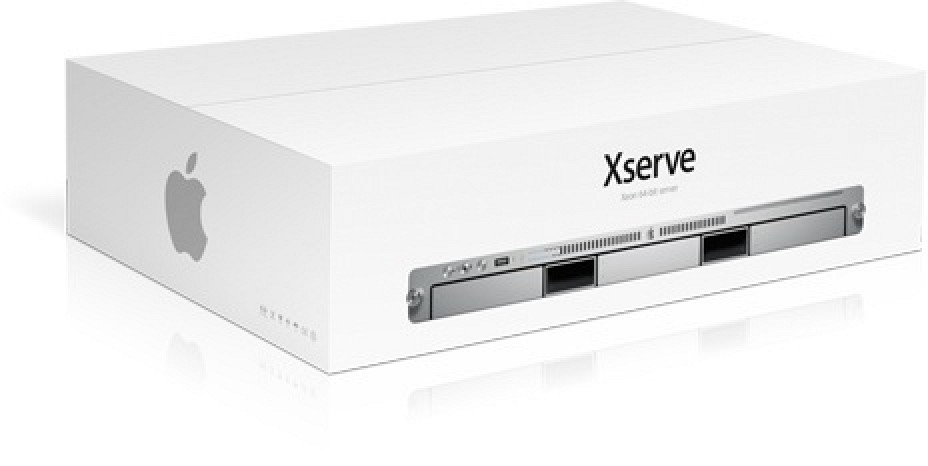- OS X: You need only one tiny command to start a web server from any directory through OS X's terminal. If you've got a web site lying around and need to test it out, this is possibly the fastest.
- Jul 14, 2013 In the recent version of Mac OS X, the web server is one of the component that is built-in by default. Prior to Mountain Lion, users can easily turn on the web server via the 'Web Sharing' option in the Sharing Preference pane. That component was removed in Mountain Lion.
OS X has a built in web server. For some users, especially web developers, it may come in rather handy. You can use it for locally hosting web sites (typically for development purposes), for running a local WebDAV server (which may, for instance, come in handy for local syncing of apps like OmniFocus).
When OS X 10.8 was released, Apple had removed the convenient 'Web sharing' switch in the Sharing options of System Preferences. Here's a couple of ways to start and stop you local Apache server:
The reason for this is that Mac OS X is shipped with the powerful and widely used Apache web server software built right in. To begin, open Applications System Preferences (look for it in the Dock) and go to the Sharing pane. Under the Services tab, check Personal Web Sharing or select it and click Start. The Apache web server should now be running and will automatically start everytime your computer boots unless you change the settings in the System Preferences. Install and Configure MAMP (Mac, Apache, MySQL, PHP) This is an open-source program that gives.
1. With a GUI
There is a free Preference Panel available at Click On Tyler. One installed (takes a quick double-click) you will have a new panel in your System Preferences which provides some very basic info about your Local Apache sites, and an easy way to turn the Apache server ON and OFF.
Multiple users with web access within the organization can securely log on and use the program on your network or online. Secure mobile access to the program through the web interface (e.g., iPhone, Android). Integrates with to maintain inventory data across all aspects of your business.
There is another Preference Pane here at Stowlake.com, although it says it works on 10.8 but nothing about 10.9 and above. It worth trying out though, if you want to give the GUI option a go.

2. Using Terminal commands
Personally, I recommend this method if you are getting into working with your system beyond the superficial (yet convenient) bling of the OS X GUI interface. Also, if you're into developing web sites, becoming familiar with Apache commends on OS X is bound to come in handy over time.
To start the Apache server on OS X

There is another Preference Pane here at Stowlake.com, although it says it works on 10.8 but nothing about 10.9 and above. It worth trying out though, if you want to give the GUI option a go.
2. Using Terminal commands
Personally, I recommend this method if you are getting into working with your system beyond the superficial (yet convenient) bling of the OS X GUI interface. Also, if you're into developing web sites, becoming familiar with Apache commends on OS X is bound to come in handy over time.
To start the Apache server on OS X
or
(drop the -w if you don't want this to persist after a system restart)
It includes our best Miracast gadget recommendation, as well as devices you can use for better screen-mirroring experiences on Android and Apple. (Miracast is still arguably your best bet for Windows PCs.). Miracast for mac mini. If you have an Android device, Google Cast works much better — as does AirPlay, if you prefer Apple gadgets.As such, I've made a short list of three different devices for screen mirroring protocols. Broadcast content from one of the. The usually have Miracast functionality built inWhat are the best Miracast and screen-mirroring devices?The best Miracast and screen-mirroring devices don't make up a very long list.
To stop the Apache server on OS X
or
(again, drop the -w if you don't want this to persist after a system restart)
To restart the Apache server
Mac Os X El Capitan
It is important to note these particular commands are persistent. Meaning, if you start Apache using the first or second command above, it will persist through a system restart (i.e. Apache will restart after you restart OS X). Likewise, if you stop Apache with the third or forth command above, it will persist through a system restart. You can drop the -w from the second and forth command if you don't want it to persist through a system restart.
